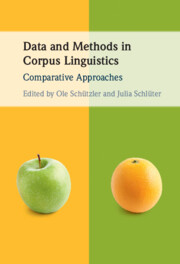Theories of language processing differ with respect to the role of abstract syntax and semantics vs surface-level lexical co-occurrence (n-gram) frequency. The contribution of each of these factors has been demonstrated in previous studies of children and adults, but none have investigated them jointly. This study evaluated the role of all three factors in a sentence repetition task performed by children aged 4–7 and 11–12 years. It was found that semantic plausibility benefitted performance in both age groups; syntactic complexity disadvantaged the younger group but benefitted the older group; while contrary to previous findings, n-gram frequency did not facilitate, and in a post-hoc analysis even hampered, performance. This new evidence suggests that n-gram frequency effects might be restricted to the highly constrained and frequent n-grams used in previous investigations, and that semantics and morphosyntax play a more powerful role than n-gram frequency, supporting the role of abstract linguistic knowledge in children's sentence processing.


